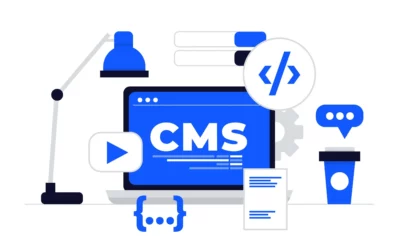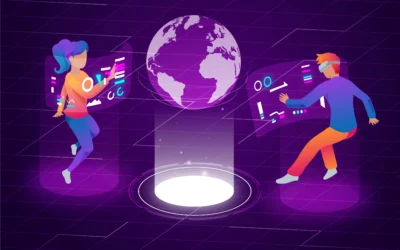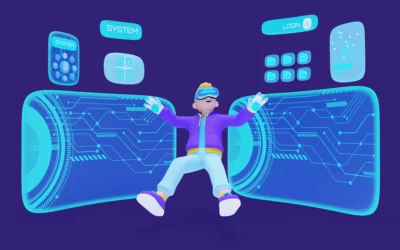Introduction
In the field of cloud computing, serverless computing has become a breakthrough concept in recent years. It promises simplicity, efficiency, and cost-effectiveness, allowing developers to focus on writing code without the hassle of managing server infrastructure. In this comprehensive guide, we’ll explore the concepts, benefits, and real-world applications of serverless computing.
Understanding Serverless Computing
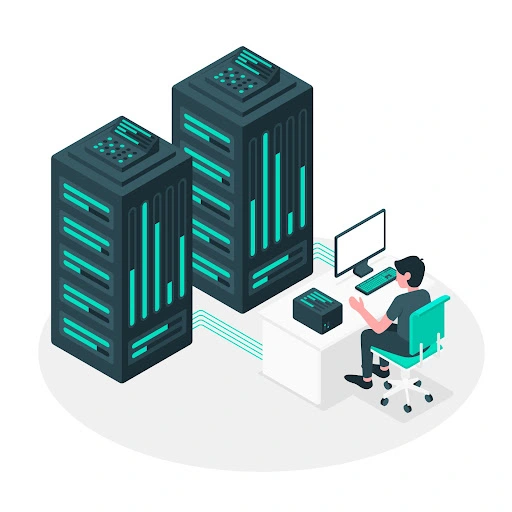
What is Serverless Computing?
Contrary to its name, serverless computing doesn’t mean there are no servers involved. Instead, the term implies that developers can run code without dealing with the complexities of server management. Serverless architectures shift the responsibility of infrastructure management to the cloud provider, enabling developers to focus solely on code development.
How Does it Work?
Serverless computing relies on the concept of Function as a Service (FaaS). Developers break down their applications into small, independent functions. These functions are then deployed to a cloud provider’s serverless platform. When an event triggers, such as an HTTP request or changes in a database, the associated function automatically scales and executes. This event-driven model ensures optimal resource utilization.
Benefits of Serverless Computing
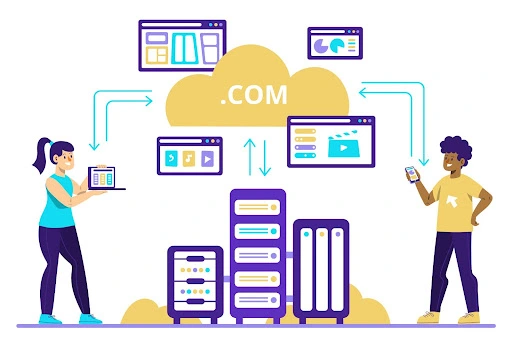
Cost-Efficiency: You only pay for the compute time that your functions consume when using serverless computing.
Scalability: Serverless platforms automatically scale functions in response to incoming requests. This ensures optimal performance during periods of high demand and cost savings during idle times.
Simplified Management: Developers are relieved of the burden of server provisioning, maintenance, and capacity planning. Cloud providers handle these tasks, allowing teams to focus on writing code and delivering features.
Faster Time to Market: Serverless architectures enable rapid development cycles. Developers can quickly deploy functions, iterate on features, and release updates without waiting for infrastructure provisioning.
Increased Developer Productivity: Serverless computing abstracts away much of the complexity of infrastructure management. Developers can concentrate on writing modular, event-driven functions rather than dealing with servers.
Use Cases of Serverless Computing
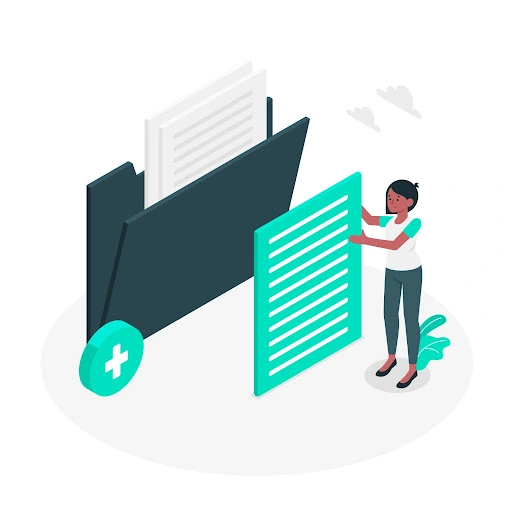
Web Applications: Serverless is well-suited for the backend of web applications, handling functions such as user authentication, data processing, and file storage.
IoT (Internet of Things): Serverless computing can efficiently process and analyze data from IoT devices, providing real-time insights without the need for constant server management.
Automation and Scripting: Tasks like image processing, data transformation, and scheduled jobs can be executed as serverless functions, streamlining automation processes.
Chatbots and AI Services: Building chatbots and integrating AI services becomes more straightforward with serverless computing. Functions can be triggered by user interactions, providing dynamic and responsive experiences.
Microservices Architecture: Serverless aligns well with microservices, allowing developers to build and deploy independent functions that communicate through well-defined APIs.
Challenges and Considerations

While serverless computing offers numerous advantages, it’s important to be aware of potential challenges:
Cold Start Latency: The initial invocation of a function (cold start) can introduce latency. Strategies such as optimizing function size and using warming techniques can mitigate this.
Vendor Lock-in: Serverless architectures may tie you to a specific cloud provider. Make plans that take the long-term effects into account.
Limited Execution Time: Serverless functions often have execution time limits. Long-running tasks may require alternative solutions.
Security Considerations: Understand the security measures provided by your serverless provider and implement best practices for securing your functions and data.
Getting Started with Serverless Computing
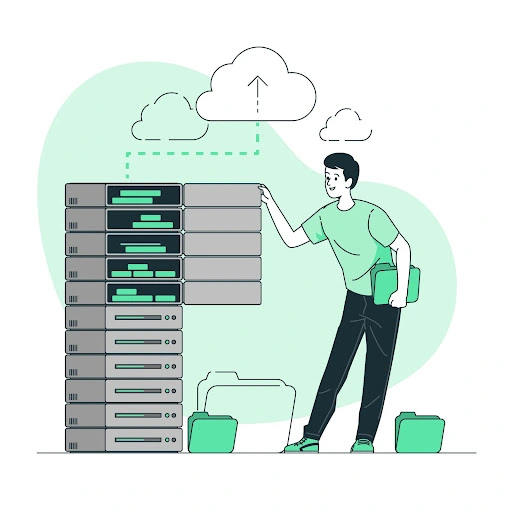
Choose a Cloud Provider: Major cloud providers, including AWS Lambda, Azure Functions, and Google Cloud Functions, offer serverless platforms. Select the one that best suits your needs and preferences.
Define Functions: Break down your application into functions. Each function should perform a specific, independent task.
Event Triggers: Identify the events that will trigger your functions. This could be an HTTP request, changes in a database, or file uploads.
Deploy and Test: Deploy your functions to the serverless platform and test their behavior. Leverage built-in monitoring tools to gain insights into performance.
Optimize and Iterate: Continuously optimize your functions for performance and cost. Iterate your serverless architecture based on usage patterns and user feedback.
Conclusion
Serverless computing represents a paradigm shift in cloud architecture, empowering developers to build scalable, cost-effective applications with minimal operational overhead. By embracing serverless, organizations can streamline development processes, enhance agility, and deliver innovative solutions in a rapidly evolving technological landscape. As with any technology, understanding its principles and best practices is essential for successful implementation. Explore the possibilities of serverless computing and unlock a new era of simplicity and efficiency in your cloud journey.


